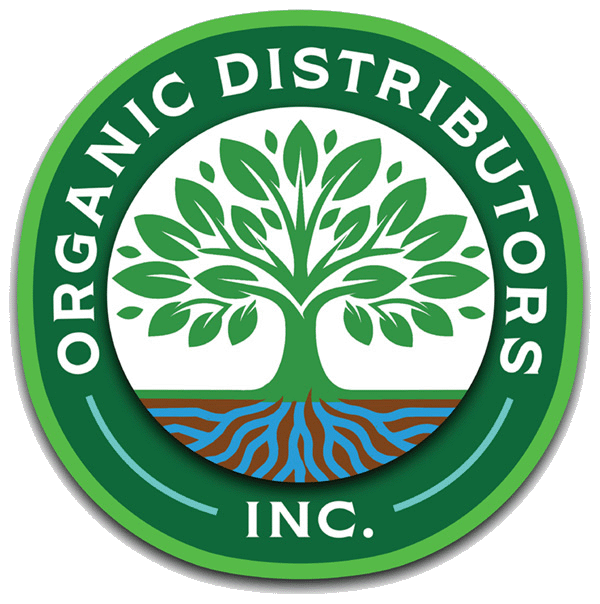Farming in 2040: How Healthy Soils Will Feed the World
By Jim Olive
By the year 2040, the way we farm will look very different. Climate extremes will become more common, global food demand will increase, and traditional farming methods may struggle to keep pace.
But there’s one solution that holds the key to sustainable food production, no matter what the future brings:
Healthy, living soil.
In this blog, we’ll explore how soil health will shape the future of farming—and why improving soil now is the smartest investment we can make.
Why Soil Health Matters More Than Ever
Right now, an estimated 33% of the world’s soil is degraded. That means it's losing fertility, structure, and life. If we don’t reverse that trend, feeding 9+ billion people by 2040 will be a serious challenge.
Here’s what healthy soil does better than worn-out soil:
Grows more nutritious food
Holds water during droughts
Stores carbon and reduces greenhouse gases
Supports pollinators and beneficial microbes
Reduces the need for synthetic fertilizers and chemicals
In short, soil health = food security.
The Future of Farming Is Biological
Technology will continue to advance—robots, AI, drones, and data tools—but the real breakthrough will be below ground.
By 2040, successful farms will use biological tools as much as mechanical ones. That means:
Feeding the soil first, not just the plant
Boosting microbial life with compost, humates, and bio-stimulants
Tracking soil biology alongside nutrients and pH
Regenerating land, not just sustaining it
Future farming will be regenerative by design—growing more by restoring more.
What Farming in 2040 Might Look Like
Picture this:
Crops are planted using AI that reads real-time soil biology maps.
Liquid humates and compost extracts are injected with precision into the root zone.
Soil sensors monitor nutrient cycles and microbial life 24/7.
Cover crops grow year-round, feeding microbes and fixing nitrogen naturally.
Carbon credits are earned for building soil organic matter.
And underneath it all? Soils rich in life—teeming with fungi, bacteria, and worms—doing the hard work of feeding plants, storing water, and buffering climate shocks.
The Role of Soil Amendments in the Future
By 2040, soil amendments won’t be a “nice to have”—they’ll be core to every farm’s survival strategy.
Humates, in particular, will play a central role because they:
Improve nutrient availability and reduce fertilizer waste
Feed microbes that drive soil regeneration
Enhance water retention and reduce runoff
Help buffer pH and detoxify harmful residues
Build stable organic matter—the foundation of long-term fertility Farms that invest in building soil now will lead the way in resilience, yield, and profitability.
How You Can Start Preparing Now
You don’t need to wait until 2040 to future-proof your soil. Start today with these simple steps:
Test your soil regularly – not just for NPK, but also organic matter and biological activity
Use humates to improve nutrient efficiency and feed the soil food web
Add organic matter (like compost or cover crops) to build structure and retain moisture
Reduce tillage to protect fungal networks and carbon stores
Think long-term – every decision should improve soil for the next generation
Build Tomorrow’s Soil Today
At Organic Distributors Inc., we’re committed to helping growers transition to a soil-first approach that’s ready for the future. Our high-quality products are designed to regenerate soil naturally.
Contact Us for a Soil Strategy
The Bottom Line
Farming in 2040 will demand more with less: less water, fewer chemicals, fewer emissions—but more food, more nutrition, and more resilience.
The solution isn’t just above the ground—it's below our feet.
Healthy soils will feed the world.
Let’s start building them now.
